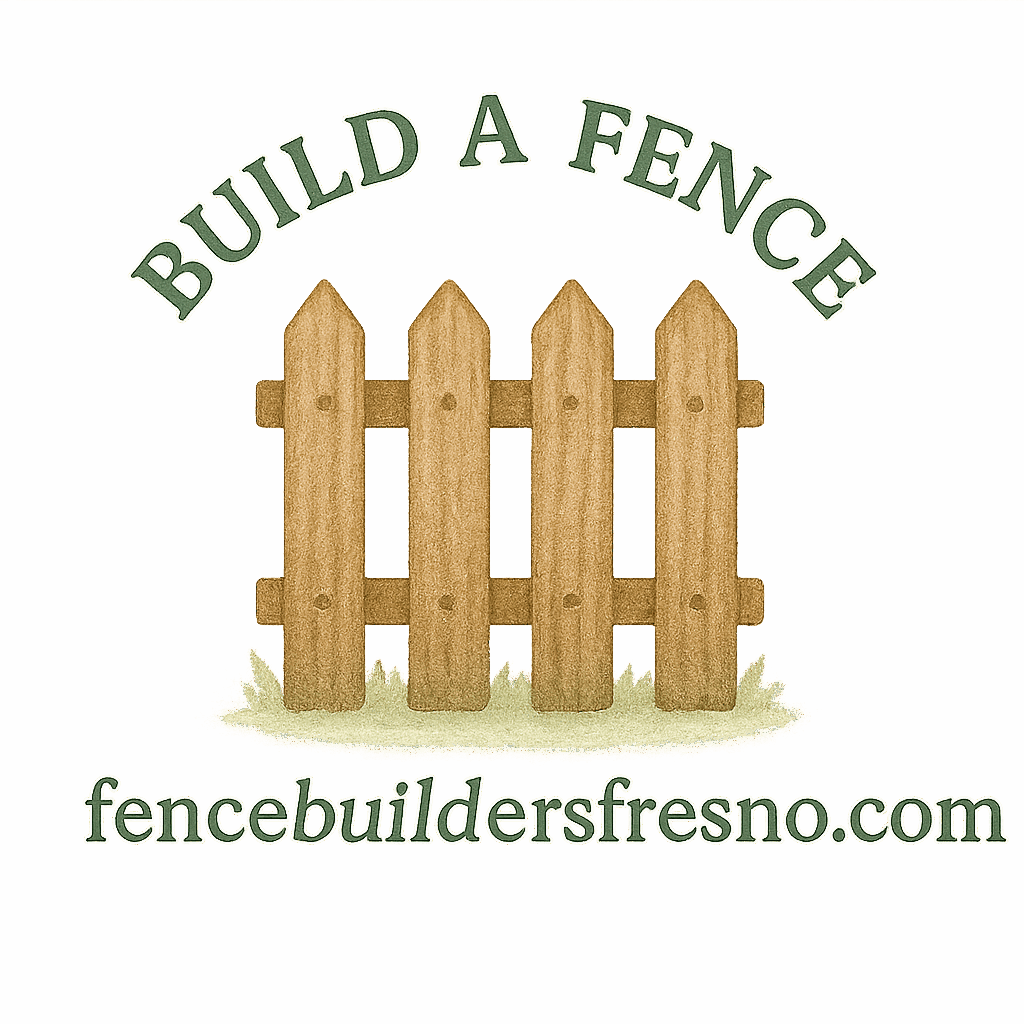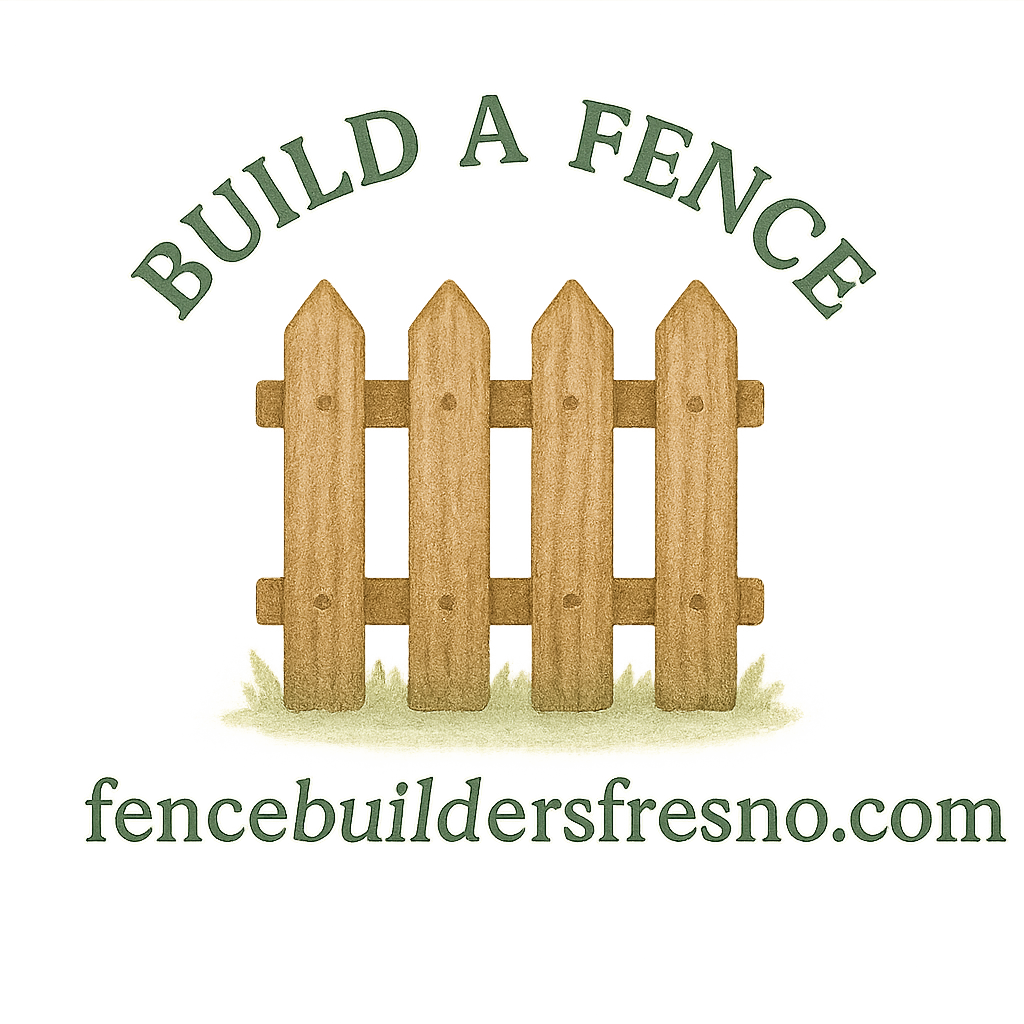Introduction: Why Budget-Friendly DIY Fencing Matters
Building a fence can feel like a huge expense. Between buying materials, hiring labor, and handling legal requirements, costs add up fast. That’s why DIY fencing is such an attractive option—it gives you control over both the process and the budget. But saving money doesn’t mean sacrificing quality. With the right fence building basics and some smart hacks, you can build a durable, stylish, and affordable fence without draining your savings.
This guide will walk you through five powerful budget hacks that make DIY fence planning and installation easier, cheaper, and stress-free.
Understanding DIY Fencing Basics
Tools and Materials You’ll Need
A successful DIY fence project starts with preparation. The essentials include a post-hole digger, level, string line, drill, hammer, and protective gloves. Material-wise, you’ll need posts, rails, panels or boards, nails or screws, and possibly concrete (unless you choose a no-dig system).
For a deeper look into preparation, check out the DIY fence guide that covers everything from tools to materials.

Setting Realistic Goals for Your Fence
Why are you building your fence? Is it to add curb appeal, keep pets safe, or mark property lines? Defining your purpose will help you pick the right design and avoid spending extra on features you don’t actually need.
Budget Hack #1: Smart Planning Before You Build
Measure Property Lines Correctly
One of the most common fencing mistakes is building across the wrong boundary. That mistake can lead to fence encroachment issues and costly disputes. Always measure twice and confirm your property boundaries through local records or a surveyor.
Check Local Legal & Property Considerations
Fences aren’t just about aesthetics—they’re tied to laws. Many cities and HOAs regulate fence height, placement, and style. Review legal property considerations to make sure your project complies before you start digging.
Sketch Your Fence Design
A simple drawing with measurements, gates, and panel counts will save you money and time. It’s also helpful to explore different layouts with the fence design planning guide to visualize how your fence will look.
Budget Hack #2: Choosing the Right Fence Materials
Comparing Wood vs. Vinyl vs. Chain-Link
Choosing the right material can make or break your budget:
- Wood fencing: Affordable but requires ongoing care. Learn more about wood fence care to avoid costly repairs.
- Vinyl fencing: Higher upfront cost, but it’s a low-maintenance solution that saves in the long run. See why many homeowners love vinyl fences for DIY projects.
- Chain-link fencing: The most budget-friendly option, though less attractive.
Explore a full breakdown of fence types and comparisons to see which suits your needs best.
Recycled or Reclaimed Materials
Want to save big? Search for reclaimed lumber, pallets, or leftover construction materials. Many creative DIYers transform these into durable decorative fences that look custom without the price tag.
Low-Maintenance Options to Save in the Long Run
If you’d rather not spend weekends sealing wood, opt for vinyl or powder-coated metal. A little more investment upfront means much less maintenance. The fence maintenance tips page has excellent advice for making your fence last longer.
Budget Hack #3: DIY Installation Strategies
Digging Post Holes the Easy Way
Forget expensive machinery. With patience, a post-hole digger or shovel does the trick. If your soil is rocky, rent specialized tools instead of buying—cheaper and effective.
Leveling and Aligning Without Expensive Tools
Professional builders may use laser levels, but you can achieve the same result with a string line and bubble level. Explore these steps in the fence installation guide.
Working in Sections to Save Time and Money
Instead of tackling the whole project in one go, break it into sections. That way, mistakes are easier to catch and fix early.
Budget Hack #4: Maximizing Durability on a Budget
Protecting Wood with Stains and Sealants
If you’ve chosen wood, invest in a protective coat. Stains and sealants prevent water damage and extend the life of your fence. Get wood fence upkeep tips that make protection affordable and effective.
Reinforcing Weak Spots Before They Break
Corners, gates, and joints are common weak points. Adding brackets or screws here prevents costly replacements later.
Preventing Fence Encroachment Issues
Install within your property boundaries to avoid neighbor disputes. Explore the legal fencing considerations guide to stay compliant.
Budget Hack #5: Creative Design and Aesthetic Tricks
Mixing Materials for a Unique Look
Try combining wood panels with metal posts or adding slats to a chain-link fence. This gives a stylish, sturdy look without raising costs.
Decorative Touches Without Extra Cost
A lattice top, fresh paint, or climbing vines can transform a plain fence into something eye-catching. Browse ideas from the home fencing inspiration guide.
Landscaping Around Your Fence
Plants and shrubs not only beautify your fence but also provide extra privacy.
Common Mistakes to Avoid in DIY Fencing
Skipping the Planning Stage
No plan? Big mistake. Poor planning often leads to overspending on extra materials. See why proper fence guide planning is crucial.
Ignoring Local Codes or Permits
This is the fastest way to rack up fines. Always check with your city before installing.
Underestimating Long-Term Maintenance Costs
That “cheap” wood might cost more over time if you’re not prepared for regular upkeep.
Maintenance Tips for a Longer-Lasting Fence
Seasonal Fence Inspections
Inspect your fence twice a year. Catch small problems before they become expensive repairs.
Quick Fixes for Minor Damages
Loose boards? Rust spots? Fix them early. Check out fence maintenance and repair for practical solutions.
Cleaning and Upkeep Tips
Vinyl fences only need soap and water, while wood fences benefit from annual power washing. For detailed upkeep, explore low-maintenance fencing ideas.
Cost Breakdown: DIY vs. Hiring Professionals
Material Costs
DIY fencing costs range from $10–$30 per linear foot, depending on materials. Professionals may get bulk discounts, but you save big on labor.
Labor Savings
Pros charge $30–$50 per hour. Doing it yourself keeps that money in your wallet.
Hidden Expenses to Watch Out For
Remember permits, tool rentals, and delivery fees. The fence building basics checklist helps account for these.
Conclusion
Building your own fence doesn’t have to mean cutting corners. With smart planning, careful material choices, and a few budget hacks, you can create a fence that’s affordable, durable, and stylish. Remember—budget-friendly doesn’t mean cheap. It means maximizing value, reducing waste, and ensuring your fence lasts for years to come.
FAQs
1. What is the cheapest fencing option for DIY projects?
Chain-link fences are usually the most affordable. You can also explore reclaimed wood for an eco-friendly, low-cost option.
2. How do I know if my fence is on my property line?
Review your deed, check survey maps, or hire a professional. Read about property rights before building.
3. Can I build a fence without cementing the posts?
Yes, some no-dig systems use gravel or post spikes. But for maximum durability, cement is the best option.
4. How long does a budget DIY fence usually last?
With proper care, a DIY fence can last 10–20 years depending on materials and maintenance.
5. Do vinyl fences require less maintenance than wood?
Yes! Vinyl only requires cleaning, while wood needs regular staining and sealing. See more at vinyl fence care.
6. What are the most common DIY fencing mistakes?
Skipping planning, ignoring codes, and choosing the wrong materials are the top pitfalls.
7. Should I hire a professional for legal property checks?
If you’re unsure about property lines, yes—it’s worth the peace of mind. Professionals can help avoid legal disputes later.


